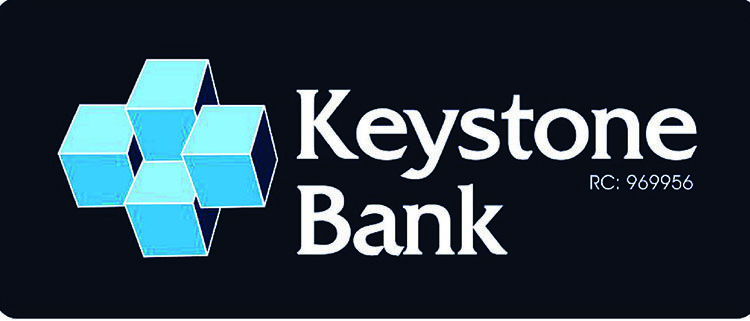Open defecation is a common sight everywhere in Nigeria even in cities like Lagos, Ibadan, Kano, and Port Harcourt, among others. Citizens including children continue to pay for this age-long practice.
Despite the dangerous impact, not less than 48 million Nigerians still defecate in the openaccording to the WASH National Routine Mapping (WASHNORM) report of 2021 while over 200 million Nigerians are at risk of one of the 17 NTDs. Worse still, Nigeria has the highest burden of NTDs in Africa.
In Nigeria, Ebonyi state leads in open defecationwith 73 percent followed by Plateau and Kogi with 56 percent each. In the South West, Oyo State leads with 54 percent followed by Ekiti with 41 percent. Others are Ondo 38 percent, Osun, 18 percent, Ogun 14 percent, and Lagos three percent. However, 126 of 774 Local governments are certified open defecation free.
Research shows that open defecationcontaminates water sources, leading to outbreaks of cholera and other waterborne diseases. These include NTDs, such as river blindness and lymphatic filariasis, which also pose a significant threat to the health of many Nigerians.
Experts have continued to stress the urgent need for improved sanitation and healthcare in Nigeriato end open defecation. Sadly, only 37 million (18 percent) Nigerians out of the over 200 million population have access to safely managed sanitation services.
Unfortunately, high levels of poverty and lack of access to basic toilet facilities and clean water pose significant challenges for over 48 million Nigerians who are forced to excrete in openspaces.
Studies have shown that NTDs are usually found among poverty-stricken people in communities that nobody is paying attention to, and they are basically transmitted by behavioral issues that can be tackled if there are positive sanitation and hygiene behaviour.
Monday Johnson, WASH Specialist, UNICEF Lagos Field Office sadly noted the dangers of open defecation, saying, “It’s a vicious cycle. When people defecate in the open because there are no proper toilets, that in turn, leads to more diseases, which makes it even harder for people to build toilets.”
He reasoned that improved sanitation would cut off the life cycle of NTDs and other impacts of open defecation. “If there are no feces that are left in the environment, definitely there will not be any issue of these soil-transmitted diseases, because they are there, people pick them up, people ingest them because feces are around the environment.
Despite the support of UNICEF, other partners, and government agencies to provide access to clean water, sanitation facilities, and medical treatment, a big gap lingers following the deeply entrenched problems of poverty and inequality that contribute to the disease spread.
According to Jane Bevan, UNICEF Chief of Water, Sanitation and Hygiene (WASH), many of the NTDs are transmitted through poor sanitation, and unless Nigerians practice safe sanitation and hygiene there is a risk that more people will get more NTDs.
Advertisement
Bevan said practicing handwashing is perhaps the most affordable immunisation that all Nigerians, including children, can receive that will assist in saving lives and avoiding some of these diseases, and save lives.
UNICEF is working closely with the government and with the Clean Nigeria Campaign to make a difference on the issue of poor sanitation andopen defecation in the country through the support of UNICEF.
At the moment Nigeria has recorded 126 opendefecation-free LGAs and is working hard to ensure more LGAs achieve open defecation-free status.
There are concerns that Nigeria will be off-track from being open defecation-free (ODF)by 2030, noting, that 20 million toilets need to be constructed in public and private places.
Experts have therefore called for more investments to achieve their target, saying a total of $10 billion annual investment is needed as current investment is estimated at $0.8 billion annually.
Recent statistics from the National Bureau of Statistics reveal that out of Nigeria’s population of over 200 million, 47 million people in Nigeriapractice open defecation, while over 191 million (82 percent) of them lack access to safe sanitation. This indicates a widespread preference for open defecation.
Given India’s success in eliminating opendefecation, it is crucial to explore how Nigeria can replicate India’s model and eradicate this issue.
India faced a similar problem, with a population of 600 million people practicing open defecation, causing harm to the environment, economy, and healthcare system while also posing risks to those engaged in the practice. However, India successfully tackled this issue through a nationwide awareness campaign known as Swachh Bharat Abhiyan, or the “Clean India Campaign.” Launched in 2014, this campaign aimed to completely eradicate open defecation within five years.
The Indian government demonstrated its commitment by prioritising the construction of basic toilet systems in rural communities. Additionally, they implemented a reward system that incentivized and engaged with communities and their change agents. They also regularly evaluated the outcomes to ensure progress was being made. Through these efforts, India was able to successfully eliminate open defecation by 2019. Nigeria can learn from this model and apply similar strategies to address the menace of opendefecation within its borders.
India’s approach to addressing open defecationserves as an invaluable blueprint for countries suffering from the same scourge, Nigeria not excluded. To model this blueprint, the Nigerian government must display a political will to do so and fund the processes without shirking.
This strong commitment must come from both the government and stakeholders, collaborating effectively to fully implement these initiatives.











